Nature Comes Home
The results are in! A record number of people participated in City Nature Challenge 2020, mostly exploring in or near their homes due to the COVID-19 pandemic.
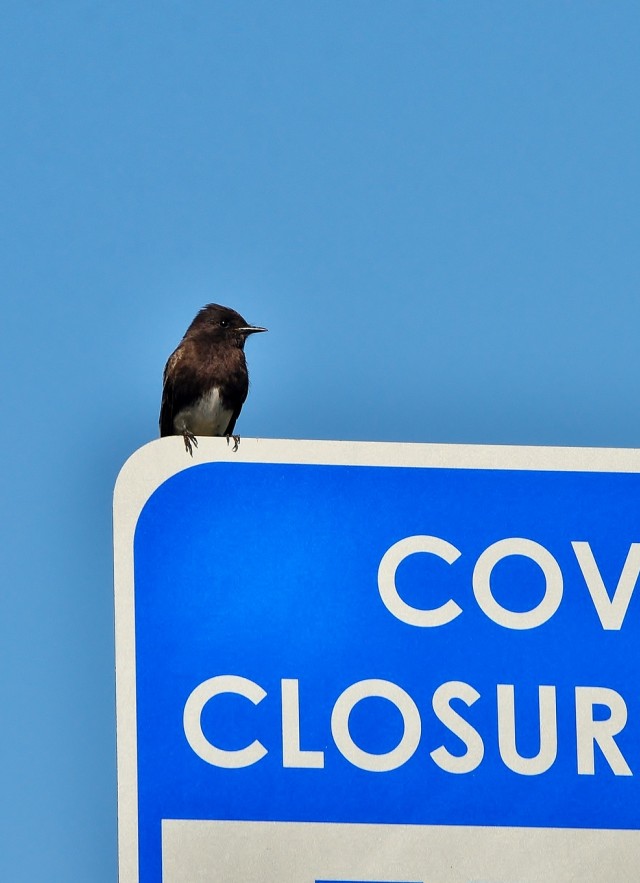
Thank you for participating in the 2020 City Nature Challenge!
This year was historic in several ways. It was the 5th anniversary of the City Nature Challenge, which coincided with the 50th anniversary of Earth Day. It also occurred in the midst of the COVID-19 pandemic. Early projections were that it would be our biggest year yet, with over 200 cities making close to a million observations. Unfortunately, due to the pandemic, a number of cities were unable to participate in the challenge, but others, eager to embrace the healing power of nature, decided to join so that the final number of projects included 244 cities from 40 countries.
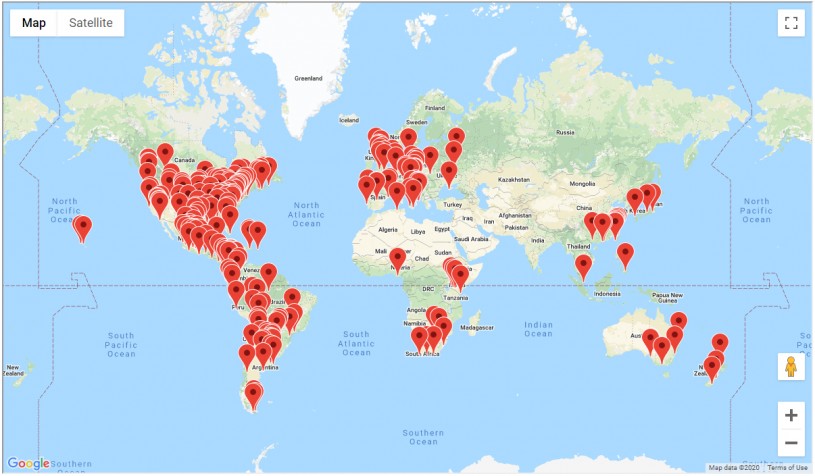
The Numbers
Worldwide, 41,165 people participated, a significant increase in the number of people over last year! Although our total number of observations did not reach that of last year, it was still impressive under the circumstances. The total number of observations this year was 815,258, and more than 32,600 species were documented.
There were no individual winners this year in terms of the number of observations, species, and participants. All participating cities, including Los Angeles, contributed to the whole and made the event a true, collaborative celebration of city nature. Following the international trend, Los Angeles showed an increase in the number of people participating--even while staying “Safer at Home!”
Here are the 2020 contributions by Los Angeles County:
- Observations: 19,134
- Species: 2,494
- People: 1,568
Collaboration Over Competition
This year’s challenge focused on collaboration instead of competition. Because people were encouraged to make observations in or near their homes, several iNaturalist users who normally participate in the Los Angeles County project ended up making their observations in the Inland Empire and Orange County projects, including City Nature Challenge Co-founder Lila Higgins, one other NHM staff member, and two iNaturalist “power users.” Both Inland Empire and Orange County projects were new this year, the Inland Empire project being started by former NHM staff member, Bree Putman. In all, seven California regions participated in this year’s challenge.

One beneficial aspect of increased participation in California was that 13 observations of alligator lizard mating behavior (an area of study at NHM) were observed during this year’s City Nature Challenge. These observations occurred in the Inland Empire, Los Angeles County, Orange County, and San Diego County projects. According to Greg Pauly, Curator of Herpetology at NHM, “The entirety of the scientific literature has three reported dates of when this species has been observed breeding, and we generated over four times that number of observations in one long weekend, highlighting the incredible potential for crowdsourcing to revolutionize animal behavior research.”
The Rise of Backyard Naturalists

With public health directives ordering people to stay at home and the closure of many public spaces, people’s attention turned to their yards and neighborhoods. The resulting observations were astounding!
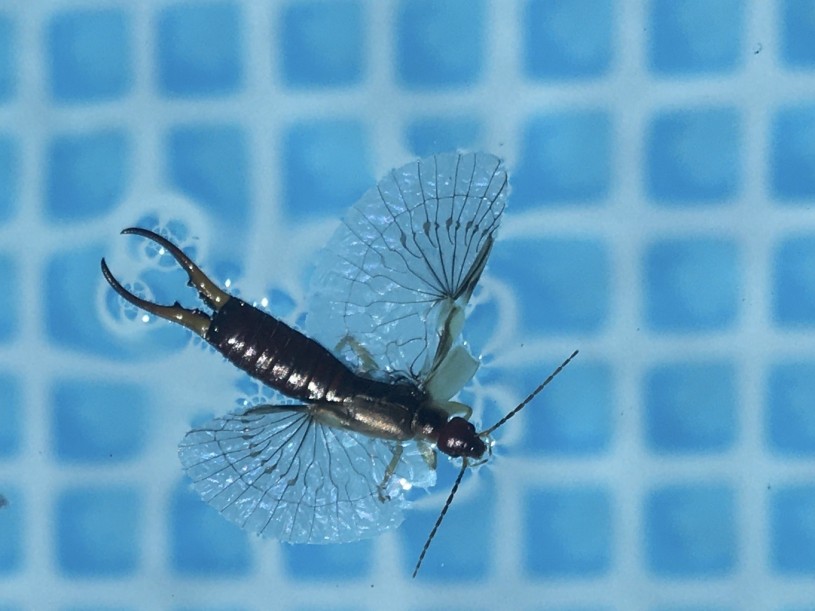
iNaturalist user and SuperProject participant, Lorena Bañuelos found an earwig floating in her backyard pool with its wings spread out. Although seldom seen, earwigs have amazing wings. According to Lisa Gonzalez, Assistant Collections Manager of Entomology, “Earwig wings are studied for potential applications for solar panels that can be folded and unfolded as needed for spacecraft.” That’s pretty amazing!
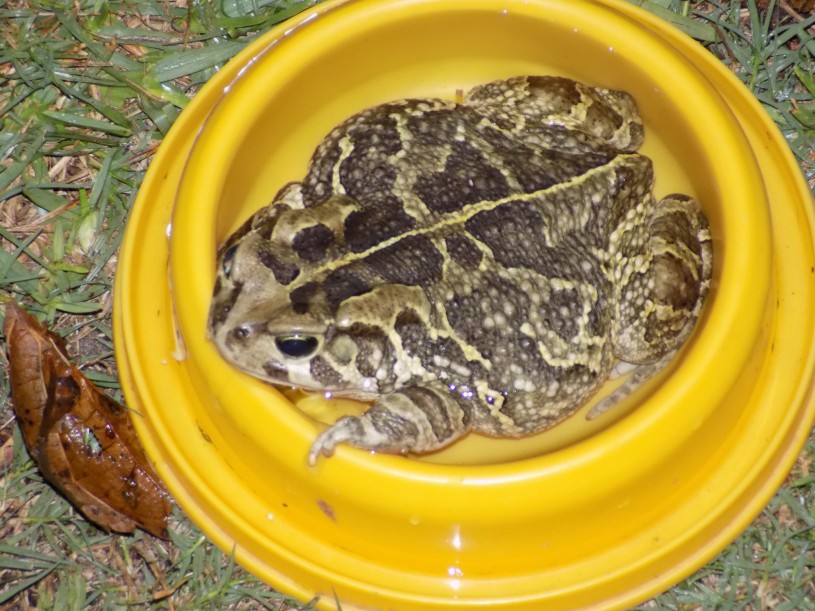
Backyard naturalists around the world made 1,300+ observations of rare, threatened, and endangered species such as this western leopard toad (Sclerophrys pantherina) which was spotted in a water dish, much to the confusion of the resident cats. The western leopard toad is on the IUCN Red List as endangered with its population threatened by habitat loss.
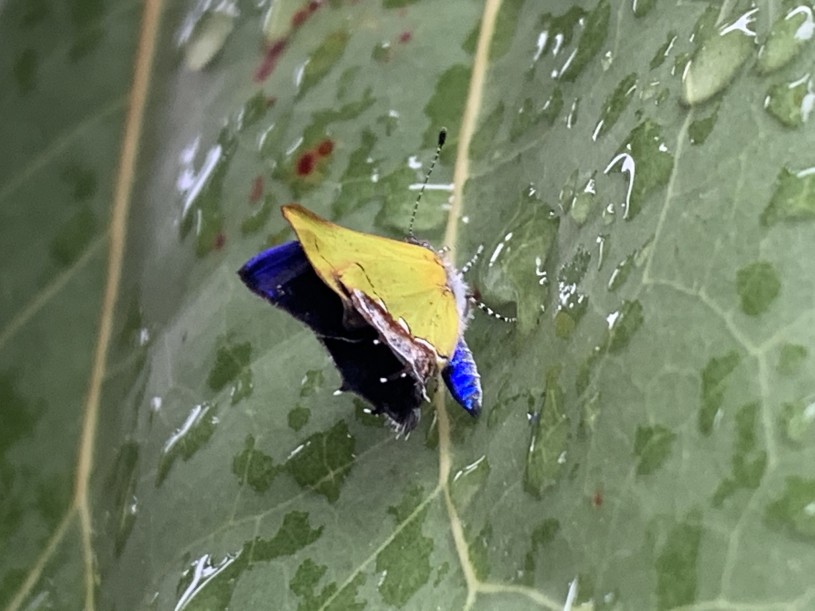
iNaturalist users William & Jeannie Schmidle found this striking amethyst hairstreak butterfly and said in the observation description, “I'm beyond thrilled about visually capturing this incredible species in my yard space.” The amethyst hairstreak is severely threatened in the U.S according to NatureServe.
These are only a few examples of the thousands of beautiful and scientifically important observations that were made during this year’s City Nature Challenge. While in the midst of a pandemic, people in Los Angeles and all over the world made it a priority to connect with and document nature in or around their homes, contributing to a global database of observations that will be used by researchers, scientists, urban planners, and policy makers for years to come.
Thank You!!!
Once again, thank you for your participation in this year’s City Nature Challenge and for helping to document Nature in L.A.
Find more information on the event here.